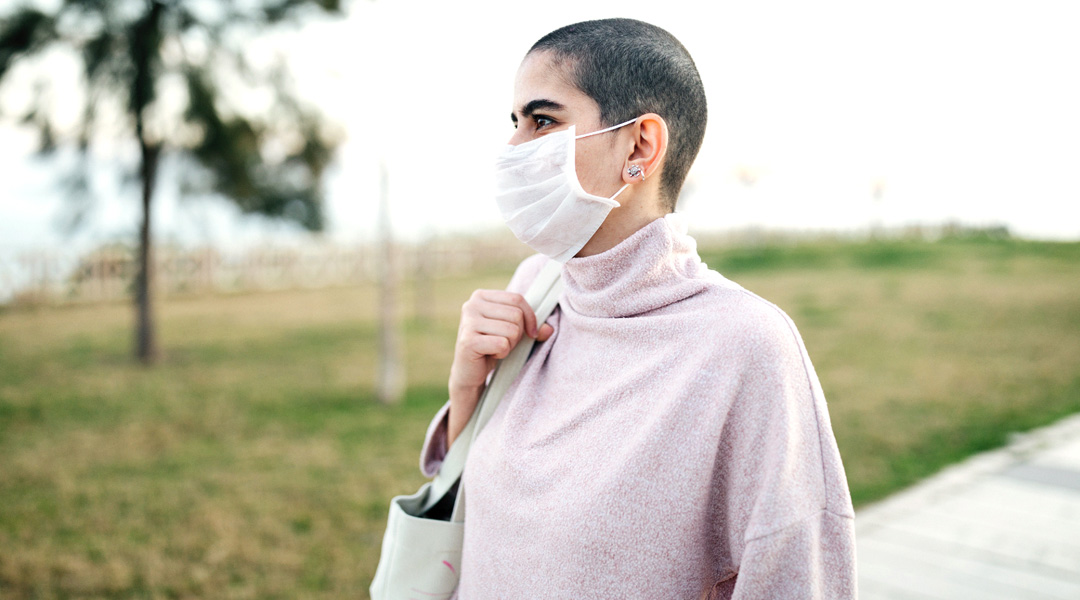Food practise as per Ayurveda
Food practise as per Ayurveda

Food practice as per Ayurveda
Food which can be taken daily:
- Old Sastika ( Medicated Navara Rice)- 4-6 months
- Old Saali(Red Rice)
- Mudga(Green gram)
- Saindavam(Rock salt)
- Amalaka(Gooseberry)
- Yavam(Barely)
- Paya(milk -warm in nature)
- Sarpi(Ghee)
- Madhu(Honey) – Last three categories should be taken depending on nature or constitution of an individual
Food which should not be taken daily:
- Valloora(Dried meat and fish)
- Suska saakam(Dried vegetable)
- Milk products like Cheese , Butter etc
- Pork, Beef, Fish, Curd, Masha(Black gram)
- Curd / Yogurt -especially for Specificic Prakriti (constitution). Instead of Curd / Yogurt can be consumed
Virudha Ahara (Incompatible food):
Each food has its own quality (heavy , dry, oily, soft etc), taste(sweet, sour, salty, pungent etc), energy (hot/cold) and post- digestive effect (vipaka)
List of Incompatible foods :
- Fish with black gram, honey , milk, spouts , jaggery, radish.
- Chicken with curd , Yogurt
- Samyoga Virudha- Banana with milk( or any Sour foods with milk)
- Milk with green leafy vegetables; milk with dates.
- Eating contrary to climates- eg- Cold food during winter
- Mixed in wrong proportions- honey and ghee equal quantity.
- Agni virudha – intake affecting digestion – eg- eating heavy when hunger is low and vice versa.
- Dosha virudha- eating sweet, sour and salty food when having kapha related disease – eg- Sinus issues.
- Upachara virudha- D.Eating heavy during Panchakarma.
Health definition according to Ayurveda:
SAMA DOASHA SAMA AGNISCHA SAMA DHATU MALA KRIYAAHA
PRASANNA ATMA INDRIYA MANAHA SWASTHA ITI ABHIDHEEYATE
Sushrutha Samhita
In Ayurveda, to maintain good health we have to concentrate on healthy and wholesome food practices
Balanced Diet:
(According to Charaka Samhita)
- One should take food in the proper quantity.
- Quantity depends on the power of digestion. Whatever amount of food is consumed and digested in a timely manner without disrupting normality might be considered one’s correct quantity.
- Stomach should be filled with – 2 part solid food + 1 part liquid + 1 part air.

We believe in collaborative relationship-based care where our Ayurvedic Doctors, Ayurvedic Practitioner, Ayurvedic Supplement Brands, Ayurvedic Nutritionists & Chefs, Yoga, and Meditation Trainers are in sync. Contact the team who passionately works together to hold your hand in this healing journey.












